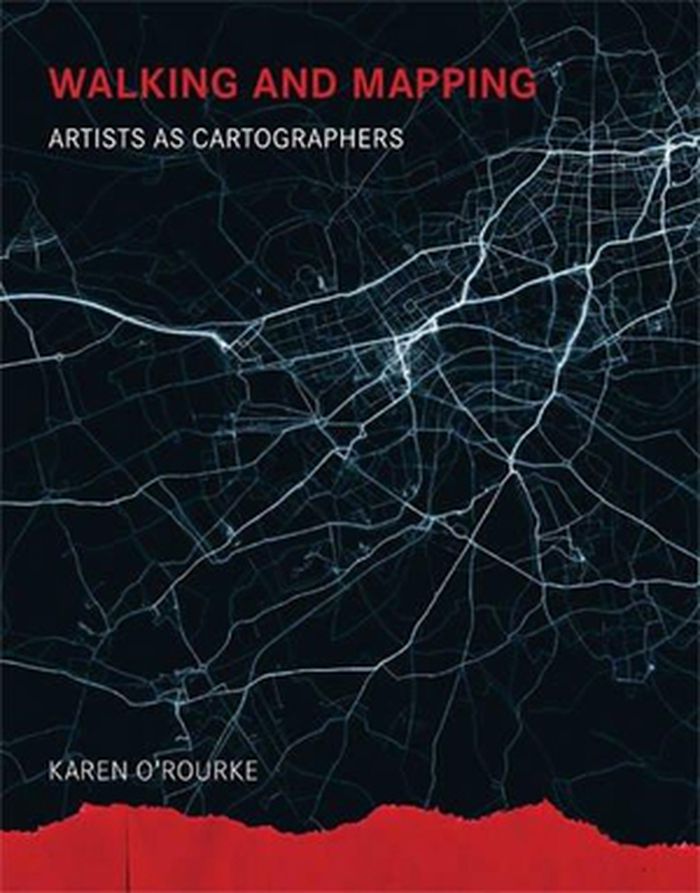$45.00
(disponible sur commande)
Résumé:
From Guy Debord in the early 1950s to Richard Long, Janet Cardiff, and Esther Polak more recently, contemporary artists have returned again and again to the walking motif. Today, the convergence of global networks, online databases, and new tools for mobile mapping coincides with a resurgence of interest in walking as an art form. In Walking and Mapping, Karen O’Rourke(...)
Walking and Mapping: Artists as Cartographers
Actions:
Prix:
$45.00
(disponible sur commande)
Résumé:
From Guy Debord in the early 1950s to Richard Long, Janet Cardiff, and Esther Polak more recently, contemporary artists have returned again and again to the walking motif. Today, the convergence of global networks, online databases, and new tools for mobile mapping coincides with a resurgence of interest in walking as an art form. In Walking and Mapping, Karen O’Rourke explores a series of walking/mapping projects by contemporary artists. She offers close readings of these projects—many of which she was able to experience firsthand—and situates them in relation to landmark works from the past half-century. Together, they form a new entity, a dynamic whole greater than the sum of its parts. By alternating close study of selected projects with a broader view of their place in a bigger picture, Walking and Mapping itself maps a complex phenomenon.
Théorie de l’art
$64.95
(disponible sur commande)
Résumé:
In this book, Karen O'Rourke explores a series of walking/mapping projects by contemporary artists. Some chart "emotional GPS"; some use GPS for creating "datascapes" while others use their legs to do "speculative mapping." Many work with scientists, designers, and engineers. O'Rourke offers close readings of these works -- many of which she was able to experience(...)
mars 2013
Walking and mapping: artists as cartographers
Actions:
Prix:
$64.95
(disponible sur commande)
Résumé:
In this book, Karen O'Rourke explores a series of walking/mapping projects by contemporary artists. Some chart "emotional GPS"; some use GPS for creating "datascapes" while others use their legs to do "speculative mapping." Many work with scientists, designers, and engineers. O'Rourke offers close readings of these works -- many of which she was able to experience firsthand -- and situates them in relation to landmark works from the past half-century. She shows that the infinitesimal details of each of these projects take on more significance in conjunction with others. Together, they form a new entity, a dynamic whole greater than the sum of its parts. By alternating close study of selected projects with a broader view of their place in a bigger picture, Walking and Mapping itself maps a complex phenomena.

